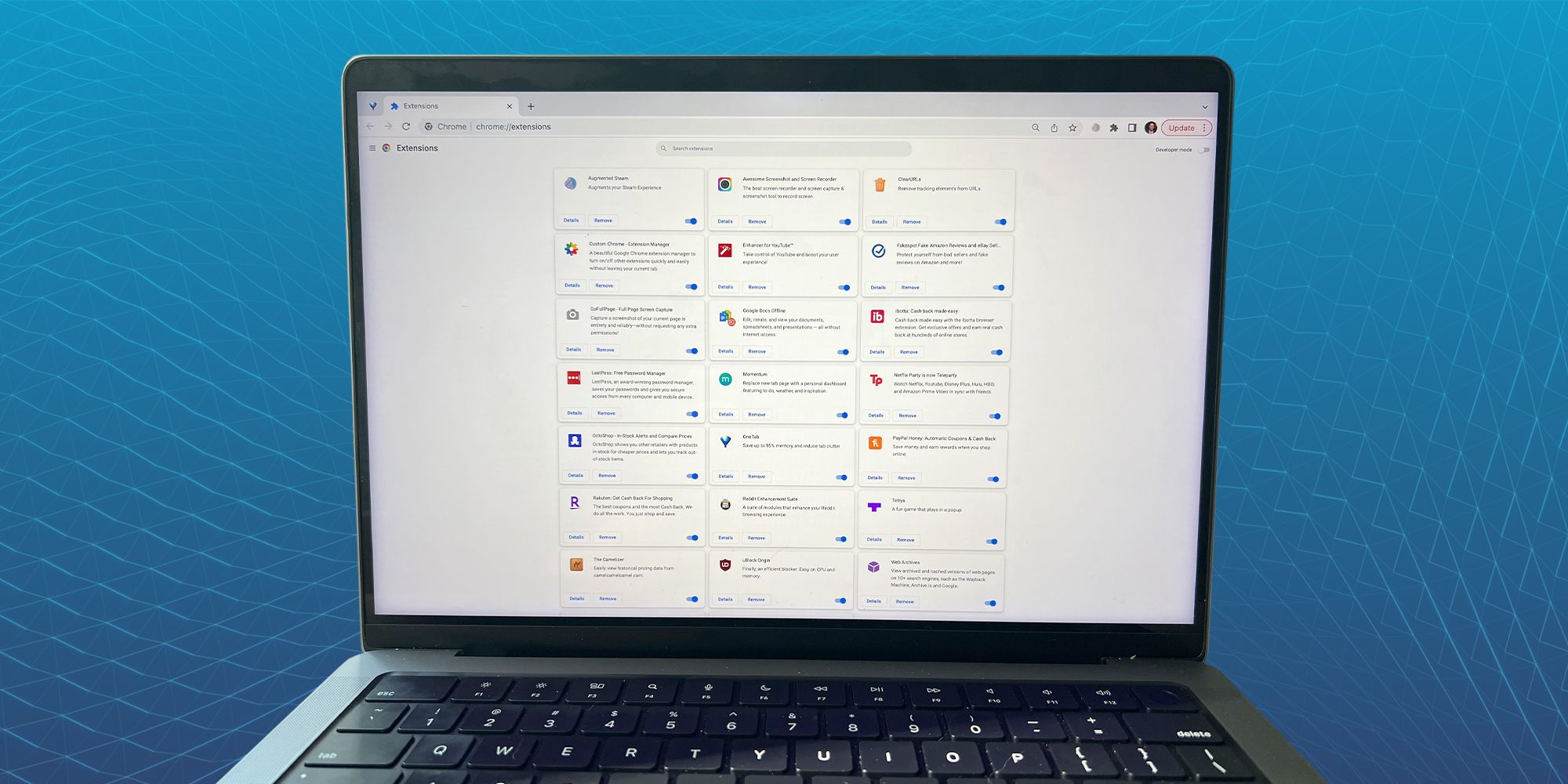

You’d have to find and see if it’s scanning the SSL protocols.
#SOPHOS HOME EXTENSION CHROME SOFTWARE#
There isn’t any one particular way to change the settings for all Antivirus software as the UI and settings differ from one software to another. Upon finding the protocol to be unsafe and outdated, it prevents you from visiting the site. It does this by checking the SSL/TLS protocol a website uses. You might not know this, but your Antivirus software keeps an eye on the web pages you visit and protects you against any threats they may pose or contain. Warning: This step isn’t entirely safe as it allows the older, insecure SSL/TLS protocols that some of the websites still use. Fix ERR_SSL_PROTOCOL_ERROR by checking your Antivirus Settings We don’t necessarily advise this, but it’s been proven to work in some obscure cases so we’re putting it on the list.

On top of your screen, the Experimental QUIC Protocol would have been set as Default. To disable it, copy chrome://flags/#enable-quic and paste it into the address bar, hit enter. By default, the QUIC protocol is enabled in Chrome. QUIC (Quick UDP Internet Connections) provides a TLS/SSL equivalent connection to Google’s servers.

A window named ‘ Internet Properties’ will open up.Go to Open proxy settings by scrolling down or searching in the search bar.Scroll down the page and open the Advanced Settings.First, go to Customize and control Google Chrome, the three dots you see just below the X (close) button.If neither of the above works, clearing your SSL State is the next thing you should try. Fix ERR_SSL_PROTOCOL_ERROR by clearing your SSL State Even if this hasn’t fixed the “This site can’t provide a secure connection” error, we recommend clearing your browsing data on a regular basis. To do so, press Ctrl + Shift + Delete and erase your browsing data. If you already have the correct date & time, it’s time to clear Chrome’s cache and cookies. Fix ERR_SSL_PROTOCOL_ERROR by clearing Chrome’s Browsing Data These browsers are designed to err on the side of caution, which is why something as simple as having the wrong time can cause an SSL connection error. If there is an issue with your system’s time and date, it can cause all kinds of problems during authentication. Why is this a problem? Certificate validity is an extremely important factor in the authentication process, and that means keeping very specific tabs on the time the certificate was signed and when it will expire. Related: Secure Your Domain & Sub-Domains with a RapidSSL Wildcard Certificate. So, make sure that your system isn’t lagging behind or running ahead. In this case, incorrect date & time settings might be causing trouble for you. Sounds too obvious, doesn’t it? Well, most of the time, the simplest solution to a problem is the correct one. Fix ERR_SSL_PROTOCOL_ERROR by setting the correct Date & Time Sooner or later, you should be able get rid of this issue. Here’s a quick, troubleshooting guide to fix ERR_SSL_PROTOCOL_ERROR on Google Chrome. Let’s leave the diagnostic part aside for a moment and focus on what you’re here for – the treatment. It can be anything from an issue as trivial as an incorrect system date to far more perplexing server issues – it could be almost anything. Like we just discussed, as far as the reason that Google sometimes says “This site can’t provide a secure connection,” it’s almost impossible to pin it down to a single cause.

Heck, I’ve gotten one on here, on our website, and I can assure you our SSL/TLS configuration is up to snuff. The SSL errors can pop up on the most popular sites as well as on the least ones. The frustrating thing about this error (family of errors, really) is that there’s no easily discernible cause behind it a lot of the time. If Google Chrome is your window to the world of the internet, you must have encountered a “This site can’t provide a secure connection” error or an ERR_SSL_PROTOCOL_ERROR message at least once.
#SOPHOS HOME EXTENSION CHROME HOW TO#
In Everything Encryption A quick guide on how to fix Chrome’s ‘This site can’t provide a secure connection’ or ‘ERR_SSL_PROTOCOL_ERROR.’


 0 kommentar(er)
0 kommentar(er)
